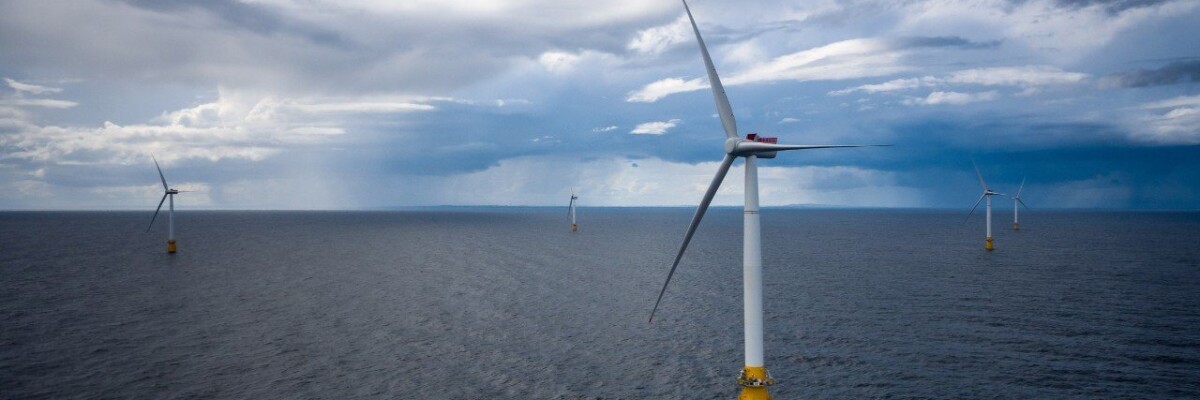Scotland put into operation the first floating wind power station, Hywind, located in the sea off the coast of Aberdeenshire. The station produces 30 megawatts of power. The Norwegian company Statoil and the...
Scotland put into operation the first floating wind power station, Hywind, located in the sea off the coast of Aberdeenshire. The station produces 30 megawatts of power. The Norwegian company Statoil and the Emirati company Masdar collaborated in the creation and launch of the station.
The station consists of five, 12-ton windmills with masts 175 meters in length and 75-meter blades. The design is kept afloat by an extended float 78 meters long which is balanced by a ballast of iron ore. It is held vertical by the dovetail of three cables which are fixed to the bottom with 60-ton blocks. In general, the principle is similar to that used for oil and gas producing drilling platforms.
An interesting feature of the device's blades is their adjustable angle which is automatically controlled depending on the pitching and strength of the wind. This functionality will extend the life of the generator and reduce the likelihood of its failure.
It's not the first year that more than half of their energy consumption is accounted for by renewable energy, even though Scotland owns about 60% of European oil reserves. By 2030, the country plans to completely abandon the use of oil and gas.
The Hywind station already provides power to 20,000 houses in the city of Peterhead. In the future, the designers are planning to add a lithium-ion battery, Batwind, for the accumulation of excess energy.
On windy days in Scotland wind generators are already generating more energy than is being spent in the country. Constant sea winds will provide a higher and more stable level of electricity generation. It is possible that they will start to export their surplus to neighboring countries.
The Hywind project has obvious economic benefits and looks safe for the environment. However, local ornithologists are negative about the power plant. They believe that thousands of seabirds will be killed by a floating windmill. If this danger is confirmed, engineers will have to find a solution for their protection.
Scotland is not the only country that has focused on renewable energy sources. Similar floating power stations have been built off the coast of the American state of Maine and in Spain. Norway has also launched a marine power plant project but it is only in the beginning stages and is not in operation at the moment.
Share this with your friends!






Be the first to comment
Please log in to comment